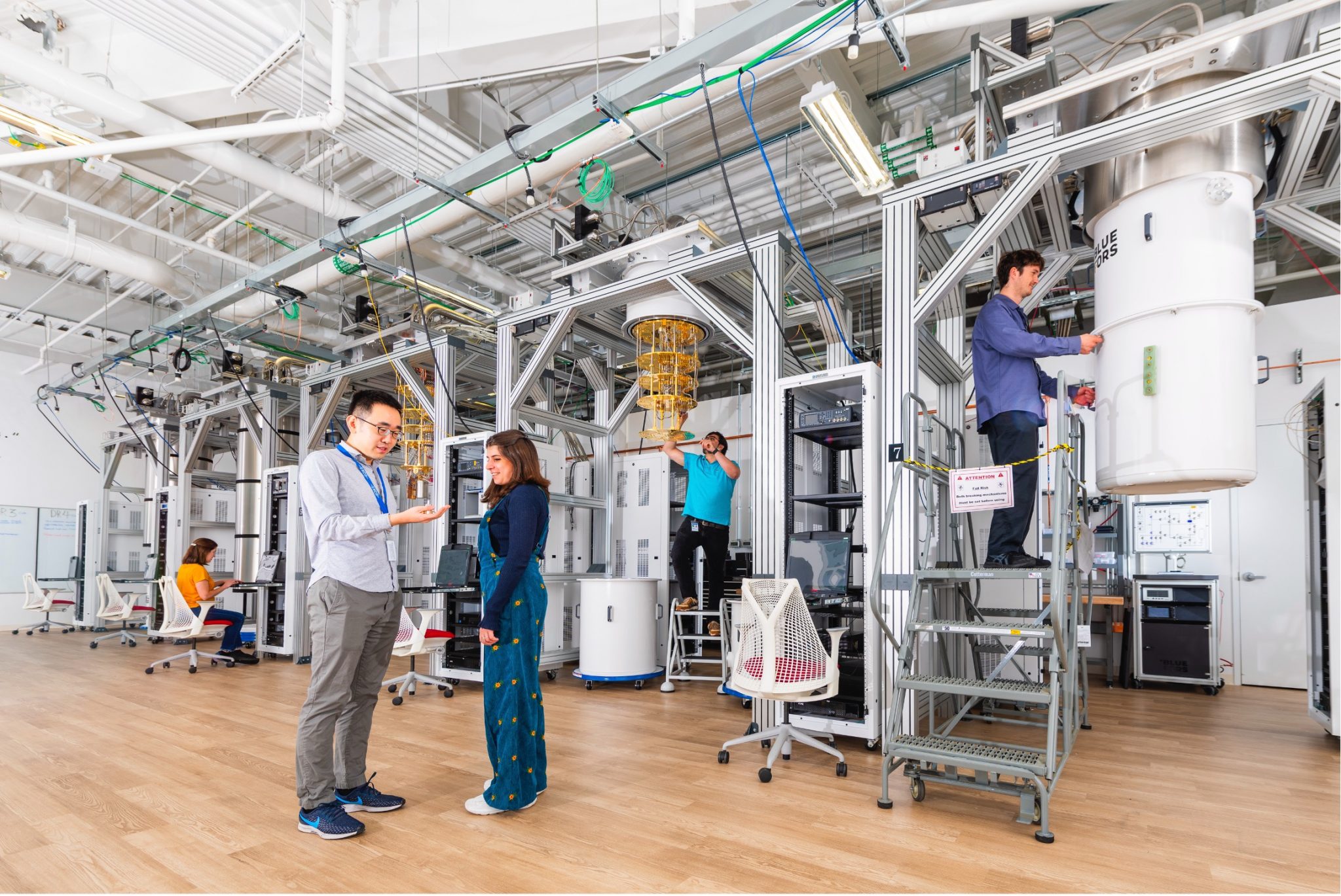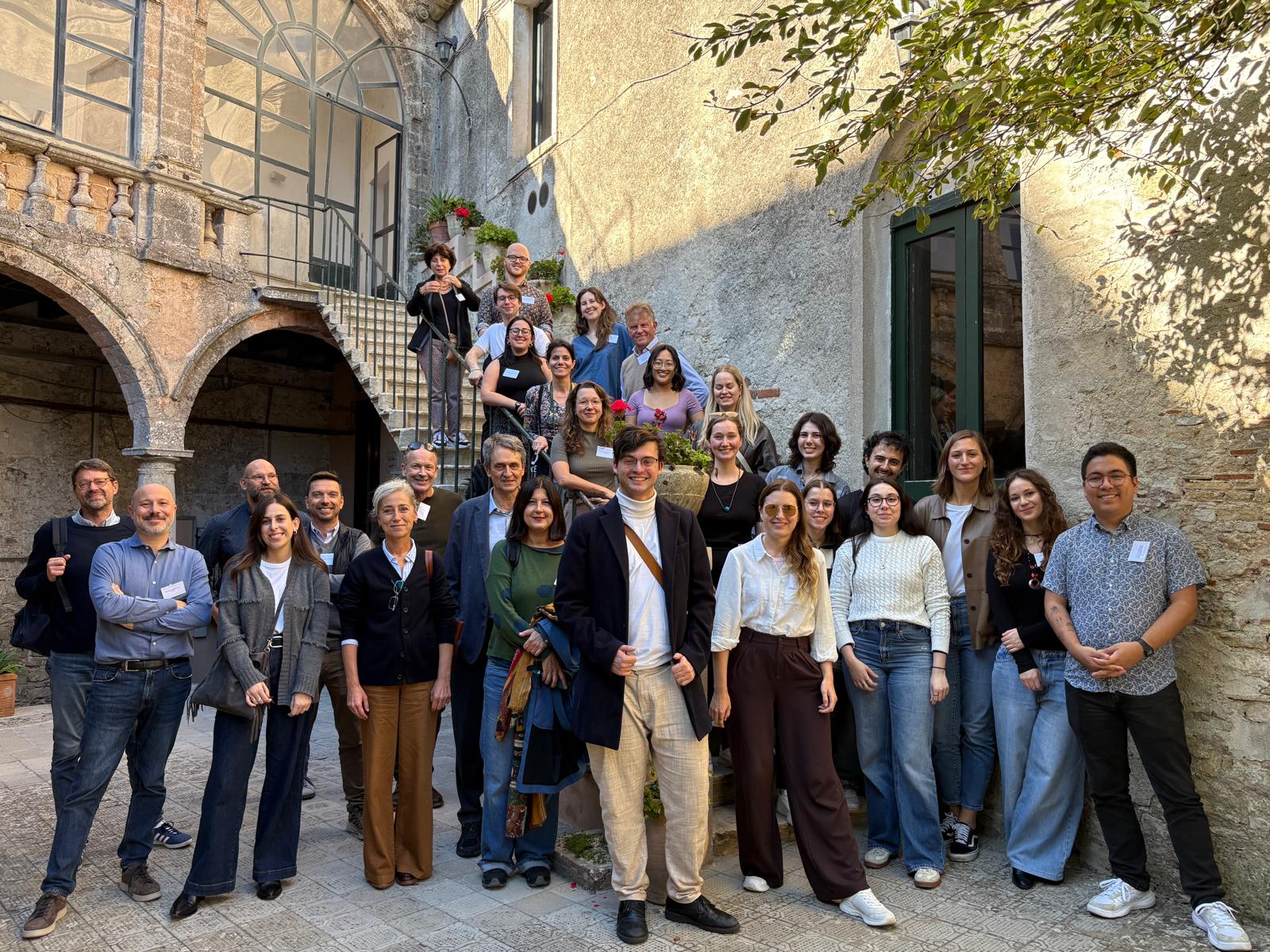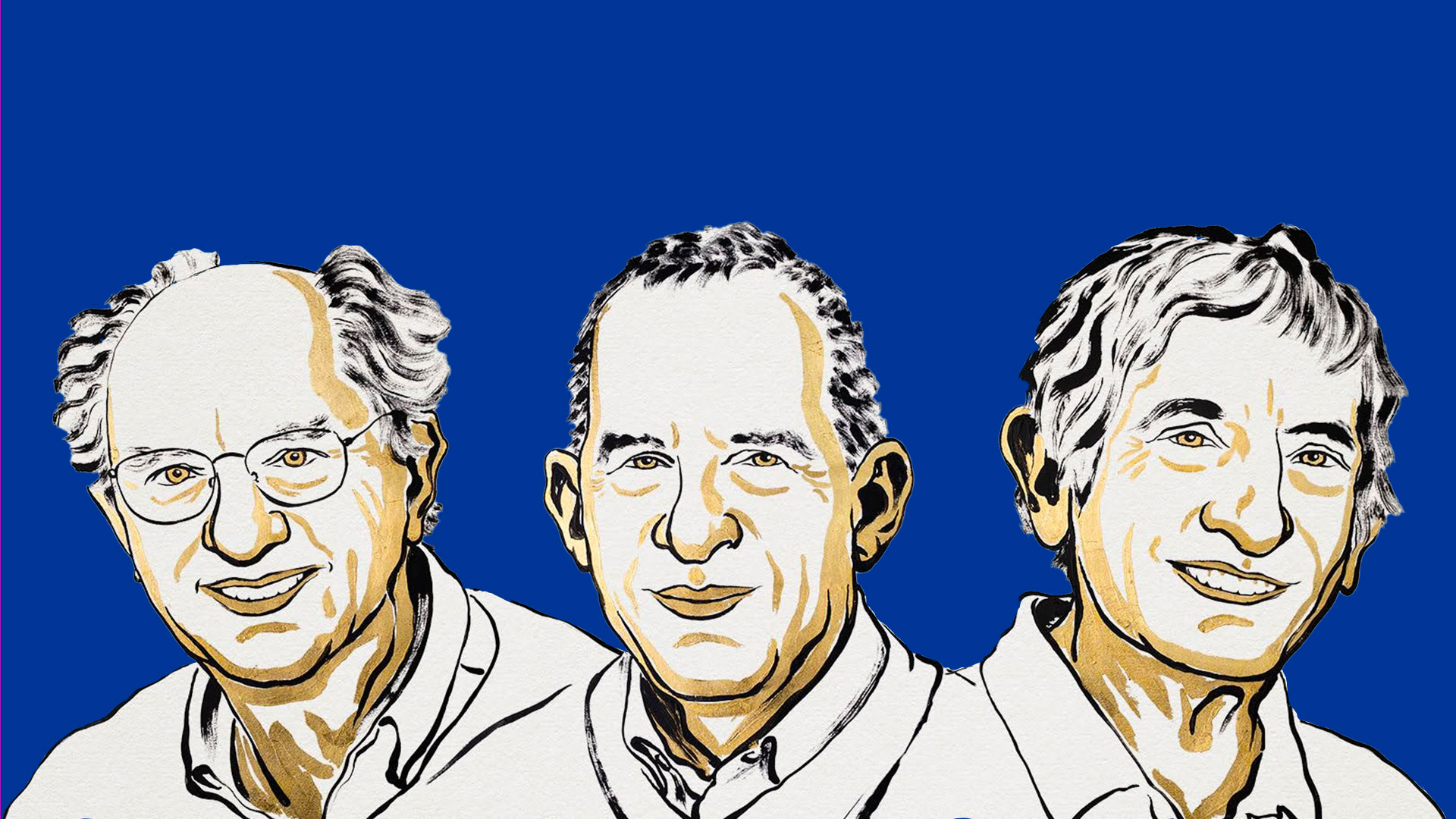 LANDIS A new non invasive scientific technique, called macro scan X-ray fluorescence (Ma-XRF), was used for the first time to study artefacts belonging to an ancient Egyptian funerary set from the collection of the Egyptian Museum of Torino. The technique was developed by researchers of the LANDIS laboratory of the INFN, a node of the CHNet, the network for the study of cultural heritage of the INFN and IBAM-CNR, both of which are involved in the activities of E-RIHS, the European Research Infrastructures for Heritage Science of which Italy is the leader.
LANDIS A new non invasive scientific technique, called macro scan X-ray fluorescence (Ma-XRF), was used for the first time to study artefacts belonging to an ancient Egyptian funerary set from the collection of the Egyptian Museum of Torino. The technique was developed by researchers of the LANDIS laboratory of the INFN, a node of the CHNet, the network for the study of cultural heritage of the INFN and IBAM-CNR, both of which are involved in the activities of E-RIHS, the European Research Infrastructures for Heritage Science of which Italy is the leader.
The Ma-XRF è was used on some painted wooden caskets found in the tomb of Kha, the Pharaoh’s architect during the XVIII dynasty (1420-1351 BC). This is a non-invasive scanning technique that allows the acquisition of a chemical mapping of the analysed artefact without damaging it and thus providing important indications on raw materials, painting technique and state of conservation. The scanner, entirely designed and developed at LANDIS, allows the acquisition of high resolution images of chemical elements on painted surfaces and is currently the only one capable of working on large surfaces (105×70 cm), at a high speed (up to 200 mm/sec) and with a spatial resolution of up to 30 microns (equal to 30 hundredths of a millimetre). The analysis falls within a multidisciplinary project that also involves researchers from the Institute for physical chemical processes (IPCF) of Messina, from the Fermi Center, from the Soprintendenza Archeologica of Piedmont and the Università degli Studi of Milano-Bicocca and Roma Tor Vergata.
▪
You might also be interested in

Quantum computing: INFN and the US SQMS laboratory renew their collaboration

Search for new physics: a possible new approach from bent crystals

Einstein Telescope: Lusatia officially enters the competition

Detecting gravitational waves from space: first steps for the LISA mission

ORIGINS. Exploring Science Communication and Journalism
